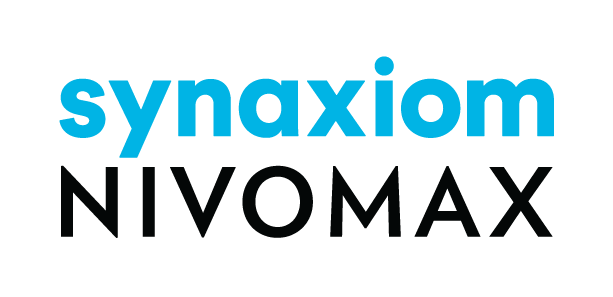Best Practices for Setting Up VLANs for NIVOMAX Network Edition Applications
Published on August 13, 2024 ( Last Updated on December 24, 2025 ) | 3 min read
Why Use VLANs?
VLANs are used to logically segment network traffic, particularly in environments where different devices have distinct network requirements. For NIVOMAX Network Edition applications, in more sophisticated setups, VLANs help in isolating server traffic from client traffic, which can include both wired and Wi-Fi clients. This setup minimizes unnecessary broadcast traffic, reduces security risks, and optimizes performance by ensuring that each VLAN is tailored to the specific needs of the devices it supports.
Example Configuration
Consider the following VLANs for a typical setup:
- Server VLAN (VLAN 10): Hosts NIVOMAX application servers, with IP addresses in the range 192.168.10.0/24. This VLAN is isolated to protect sensitive data and to ensure stable, high-performance access to the servers.
- Wired Client VLAN (VLAN 20): Includes all wired client devices, with IP addresses in the range 192.168.20.0/24. This VLAN is optimized for stable, high-speed connections to the servers.
- Wi-Fi Client VLAN (VLAN 30): Contains all Wi-Fi client devices, with IP addresses in the range 192.168.30.0/24. This VLAN is designed to handle the variability of wireless connections while maintaining performance.
VLAN Segmentation
Server VLAN: Isolate servers on VLAN 10 to minimize broadcast traffic and enhance security. This VLAN should have controlled access to other network resources.
Client VLANs: Separate wired and Wi-Fi clients into VLANs 20 and 30, respectively. This allows for different security and performance policies tailored to each client type.
Inter-VLAN Routing
Use a Layer 3 switch or router to enable necessary communication between VLANs. Implement Access Control Lists (ACLs) to restrict traffic, allowing only required protocols and services to pass between VLANs.
Network Performance Optimization
Quality of Service (QoS): Apply QoS policies to prioritize critical traffic, particularly between servers and clients. This is especially important in Wi-Fi environments where bandwidth can fluctuate.
Wi-Fi Considerations: Given that Wi-Fi (WLAN) can introduce variability in performance, ensure strong signal coverage and minimize interference by using modern Wi-Fi standards (e.g., Wi-Fi 6).
Security Considerations
Firewalls and ACLs: Implement robust firewall rules and ACLs to restrict unnecessary access between VLANs. Only allow essential communication, such as client access to specific services on the server VLAN.
Network Monitoring: Continuously monitor network traffic to detect potential security breaches or performance issues, especially across different VLANs.
IP Address Management
Static IPs for Servers: Assign static IP addresses to servers within VLAN 10 to ensure consistent network performance and ease of management.
DHCP for Clients: Use DHCP to efficiently manage IP addresses for wired and Wi-Fi clients, with separate scopes for each VLAN.
Redundancy and High Availability
Redundant Network Paths: Ensure redundancy in network connections, particularly for the server VLAN, to avoid single points of failure.
Load Balancing: Use load balancers to evenly distribute traffic across multiple servers in VLAN 10, preventing any single server from becoming a bottleneck.
Compliance and Documentation
Documentation: Maintain detailed records of VLAN configurations, including IP schemes, routing rules, and ACLs, to aid in troubleshooting and future audits.
Regular Audits: Perform periodic reviews of the VLAN setup to ensure compliance with best practices and to make adjustments as network demands evolve.
References
For further details on network performance, consider reviewing the articles on LAN, WAN, and VPN Considerations for NIVOMAX and Network Performance Best Practices. These resources provide additional insights on optimizing your network environment for NIVOMAX Network Edition applications.

